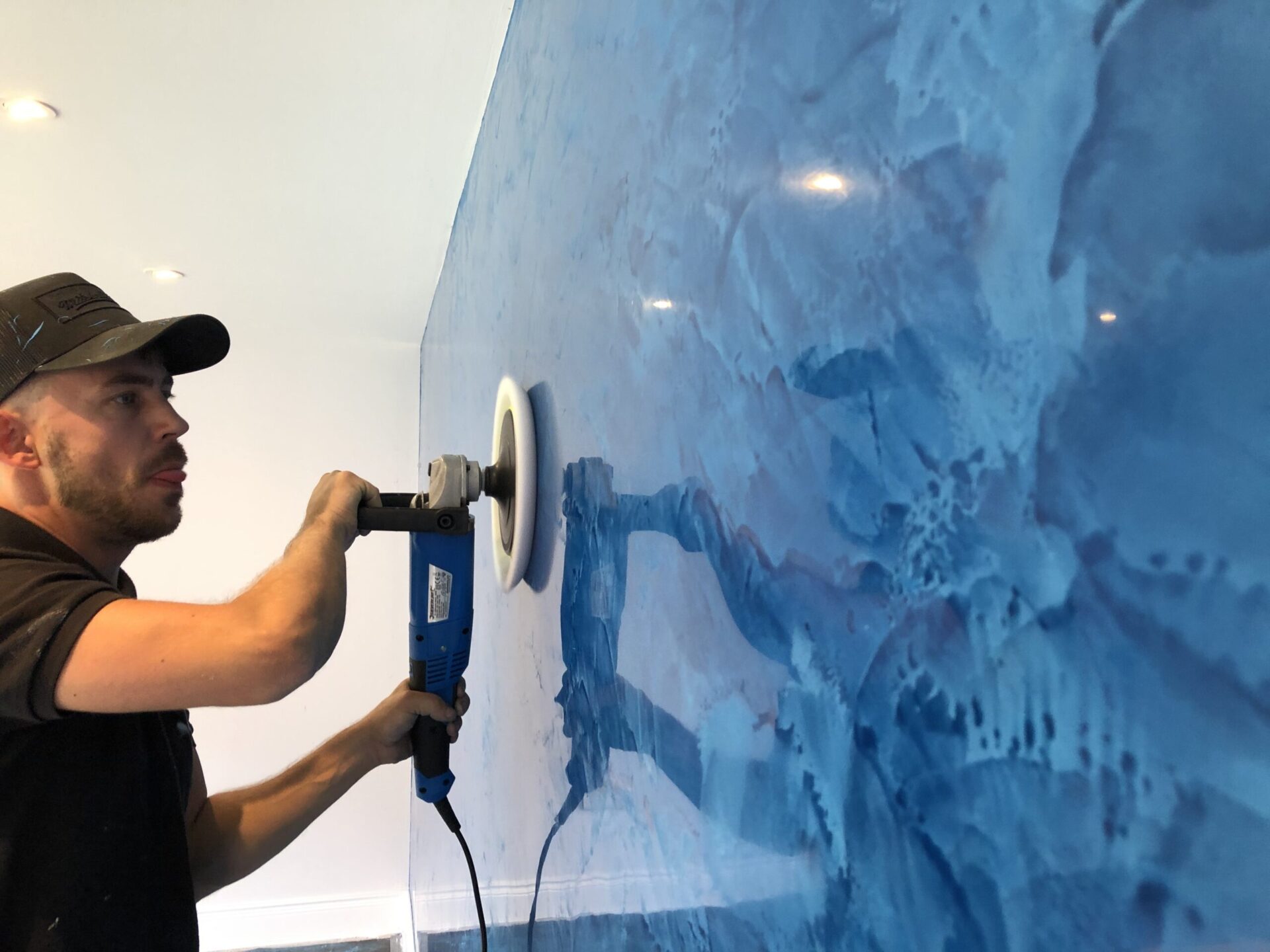Drywall finishes offer an array of textures that can give your walls a unique and appealing appearance. Achieving these finishes requires the right tools and techniques. In this article, we’ll explore some popular drywall finishes and how you can apply them to elevate your home décor.
1. Splatter Knockdown
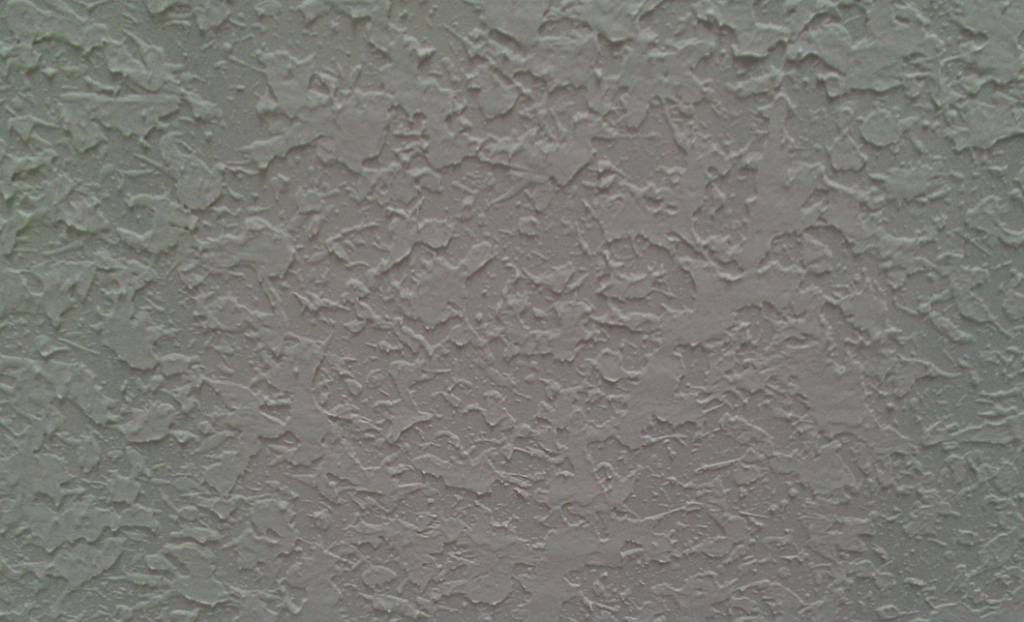
Splatter knockdown is an intriguing wall texture resembling classic Spanish stucco. To achieve this finish, start by spraying a thinned joint compound onto the wall. Next, use a large brush or paint roller to knock down the compound, leaving behind a textured surface with small bumps and valleys. This finish is more intricate, making it challenging for some DIY projects.
To apply splatter knockdown, you’ll need at least two coats of primer before spraying the splatter material. After it dries, shape and apply it with a knife or tool. This finish has the advantage of effectively concealing wall imperfections and providing a sound-dampening effect.
2. Orange Peel

The orange peel texture, aptly named due to its resemblance to an orange’s skin, is a popular type of drywall finish. It is more durable and better at hiding dings and dents than other finishes. Achieve this texture by mixing the drywall material to a pancake batter consistency and then spraying it on the wall using a hopper gun. If a hopper gun isn’t available, a brush can be used instead. Smooth out the material using a short nap roller.
Orange peel texture is ideal for high-traffic areas or commercial buildings where walls may experience more wear and tear.
3. Popcorn Ceiling
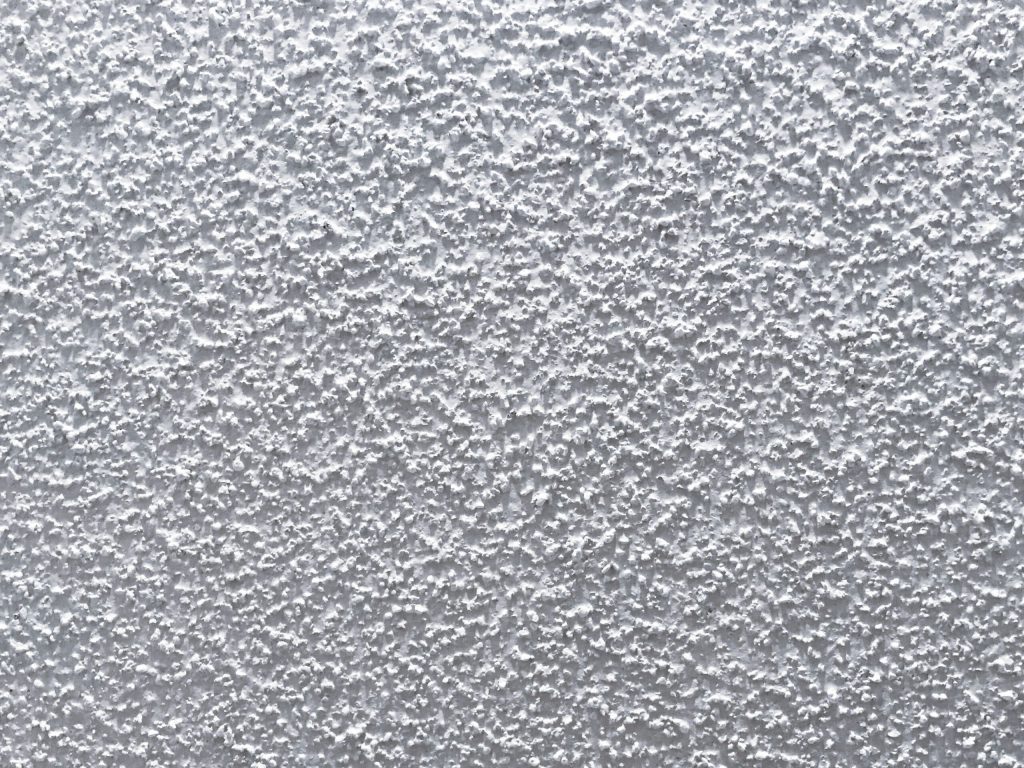
Once a popular wall texture, the popcorn ceiling is a stucco ceiling with small bumps all over it. It is created by mixing drywall mud with fiberglass fibers and spraying the mixture onto the ceiling. The texture is well-known for its sound-absorbing properties.
However, its popularity has waned due to its difficulty in repair and cleaning. Nevertheless, popcorn ceilings can effectively reduce noise levels in a room and conceal ceiling imperfections.
4. Skip Trowel

Skip trowel is a timeless wall texture created by applying joint compound to the wall in a random pattern. Once the compound dries, use a knife or trowel to create minor grooves on the surface. This durable and easy-to-clean finish is commonly used in commercial buildings.
5. Slap Brush
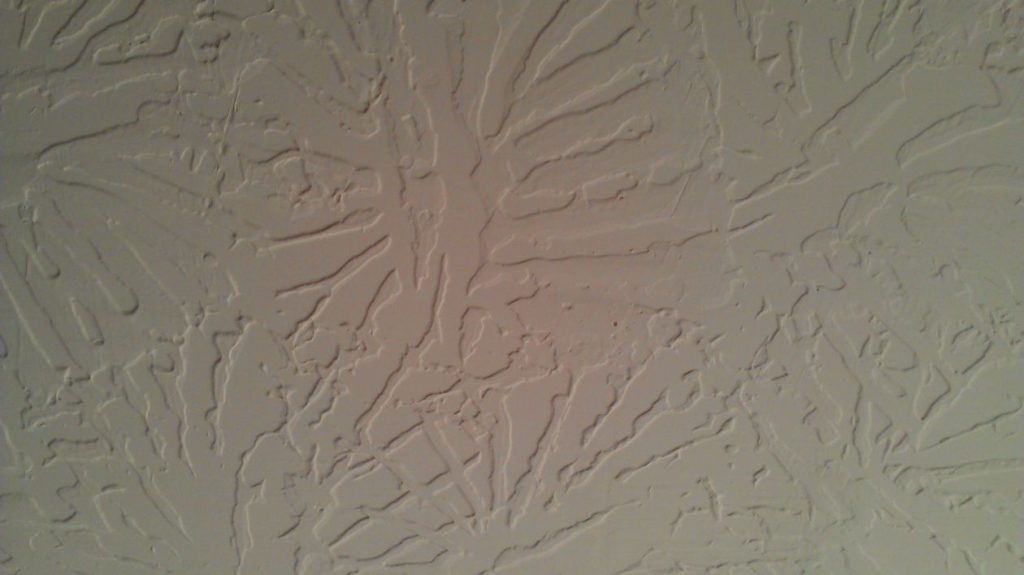
Slap brush, also known as crow’s foot, stipple, or stomp brush, is a textured finish created by using a brush to apply joint compound to the wall. It leaves behind a random, textured pattern with lines radiating from the center of each splatter. Overlapping the brush while using it can create different textures.
For this texture, a brush with stiff bristles (natural or synthetic) is necessary. The brush’s size determines the size of the texture splatters, while the bristle stiffness affects the ridges’ appearance in the stucco.
6. Comb
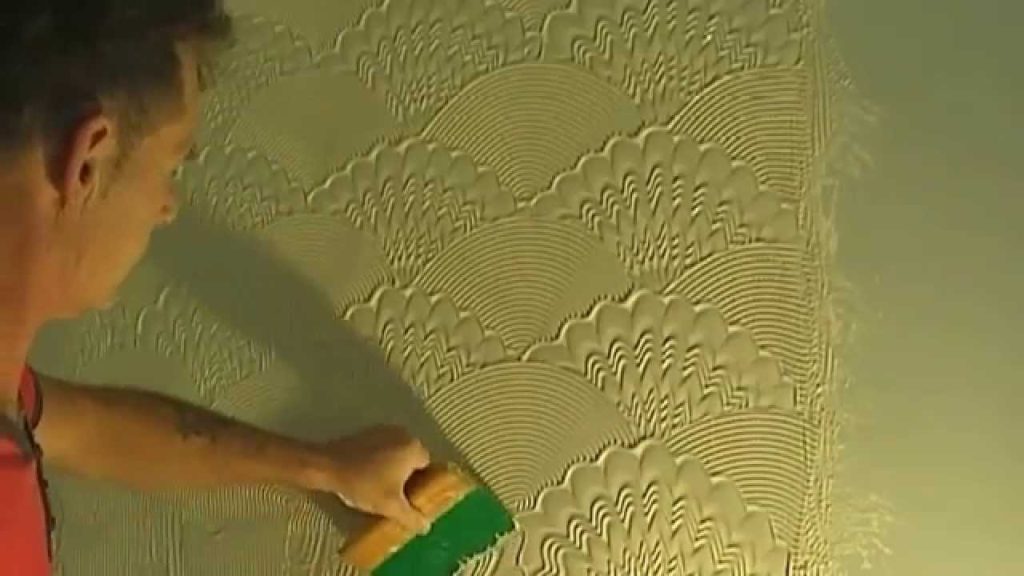
The comb drywall finish is typically used for ceilings and involves using a comb to apply joint compound to the surface. This creates a series of ridges with the size depending on the comb’s teeth. Large teeth produce wide, shallow ridges, while small teeth create smaller, deeper ones.
7. Santa Fe Drywall
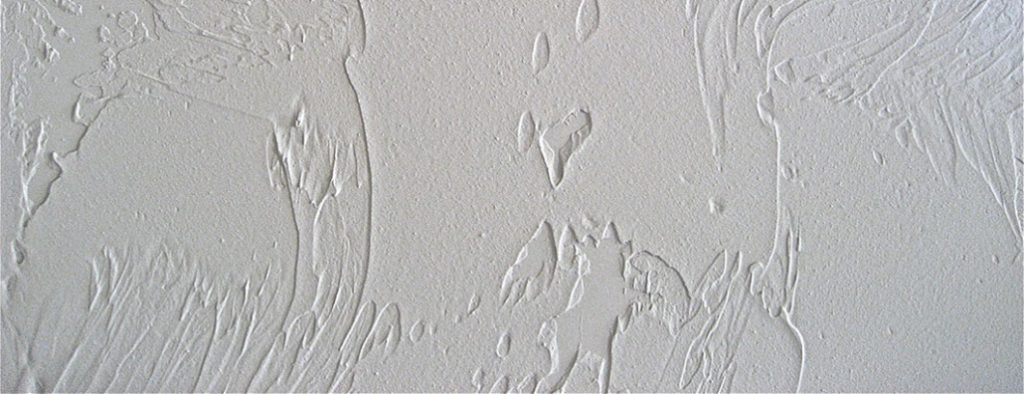
The Santa Fe texture is known for its smooth appearance, looking almost completely flat from a distance while showing two layers up close. Achieving this texture requires using a curved drywall knife to apply the compound. The name comes from the resemblance to the Spanish adobe-style houses in New Mexico and the Santa Fe region.
8. Rosebud Dry Wall Texture
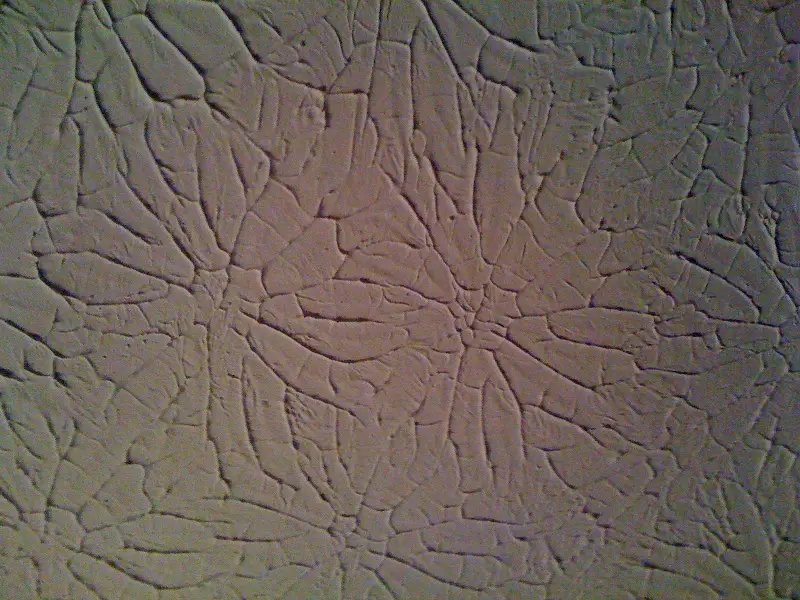
Commonly seen in the Midwest United States, the Rosebud drywall texture is frequently used on ceilings. It gets its name from its pattern resembling rosebuds. To create this texture, a stippling brush with natural bristles arranged in a circular pattern is used. The brush is dipped in joint compound and then tapped against the wall to create small dots, which are connected to form the overall rosebud pattern.
9. Venetian Plaster
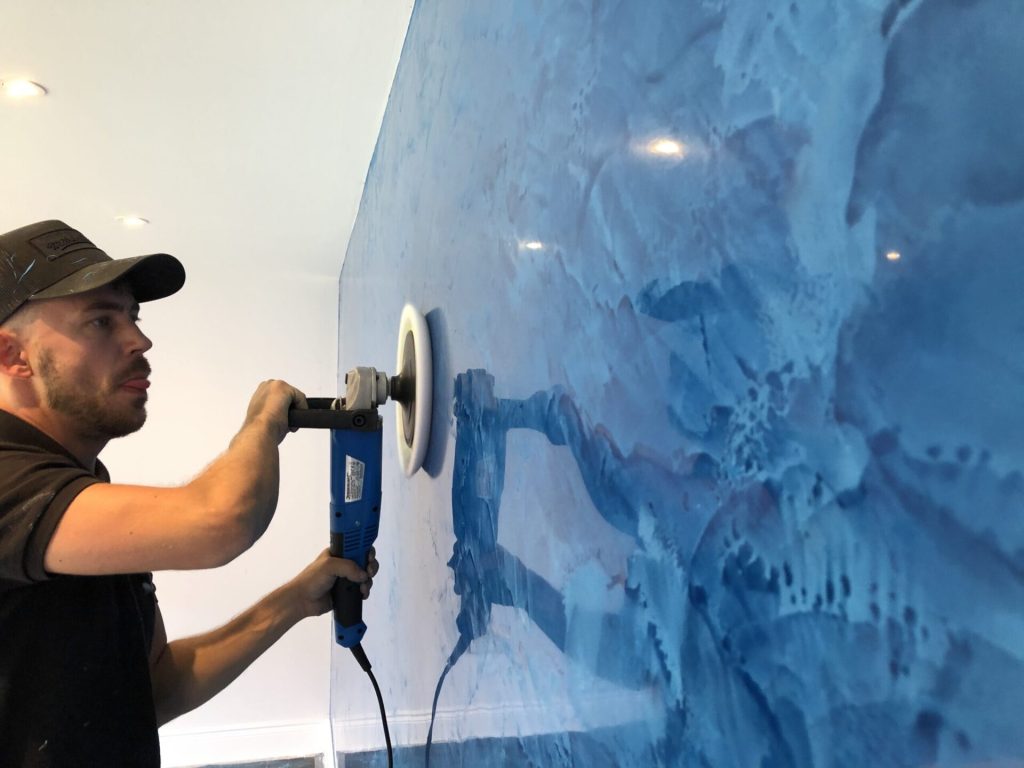
The Venetian Plaster drywall style is a traditional and elegant choice. When finished, it resembles raw concrete, adding a touch of sophistication to any room. To achieve this texture, a mixture of drywall mixed with marble dust and compound putty is applied to the walls. After applying the rough mixture, it’s buffed and sanded to achieve a polished look. A second coating of plaster is necessary to complete the finish, with each layer taking time to dry properly.
Venetian Plaster requires more effort and time to complete, but the results are worth it, creating a unique and characterful ambiance.
10. Trowel Drywall Texture
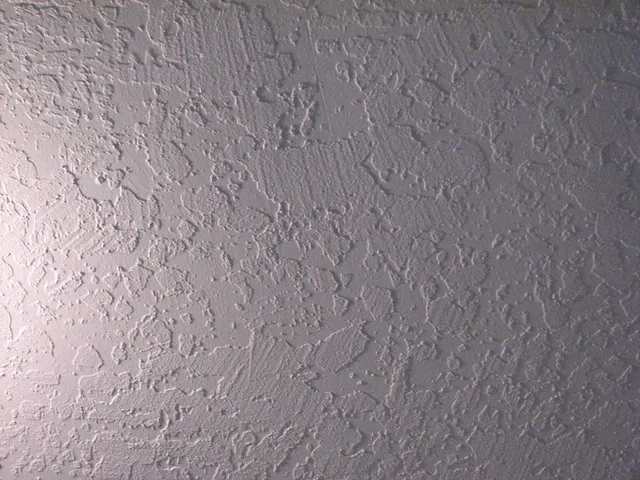
The trowel drywall texture is one of the most common and easiest to create. Using a trowel, joint compound is applied to the wall, with the trowel’s size and shape determining the overall appearance of the texture. A trowel with large teeth creates a more random look, while a trowel with small teeth yields a more consistent pattern. The depth of the teeth also affects the texture’s appearance, with deeper teeth producing more pronounced results.
11. Spray Sand
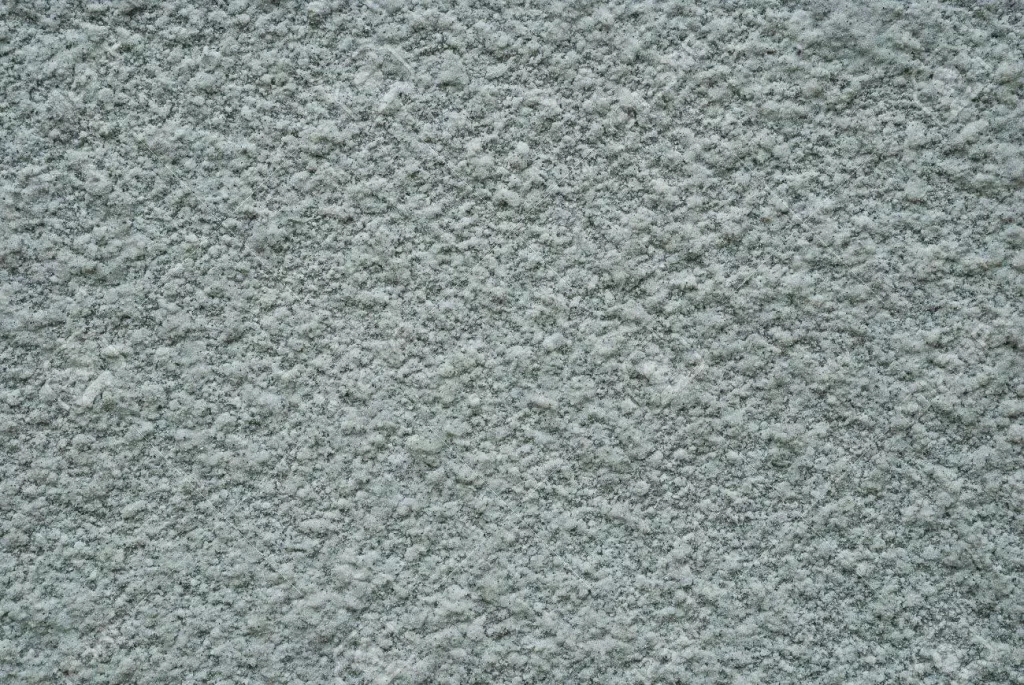
Similar to the orange peel finish, the spray sand technique uses a drywall mixture of water, primer, and sand. This mixture is left to sit overnight before applying it to the wall. Stirring the mixture properly ensures the sand doesn’t settle. The resulting finish is not only visually appealing but also long-lasting, making it suitable for various rooms in the house.
12. Hand Applied
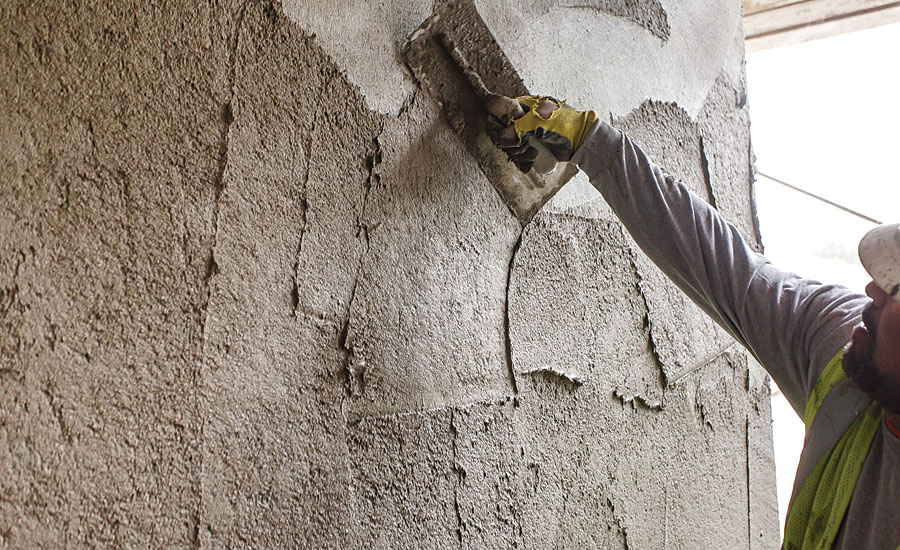
The hand-applied drywall technique is typically used for ceilings, creating a thick appearance akin to being puttied. To achieve this texture, a compressor and a texture sprayer are used to apply a mixture of water and drywall compound to the ceiling. Alternatively, it can be done by hand using a putty knife, though it will require more time and effort.
Different techniques with the putty knife can create various effects, making this finish versatile and suitable for personalized designs.
In conclusion, drywall finishes offer a wide range of textures to enhance your walls and ceilings. From classic stucco designs to smooth and polished appearances, there’s a finish to suit every preference and style. Whether you’re looking to add character, hide imperfections, or dampen noise, these finishes can transform your living spaces into unique and inviting environments. Consider your desired look, the room’s purpose, and consult professionals if needed to achieve the perfect drywall texture for your home.
